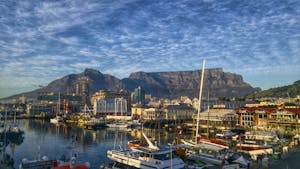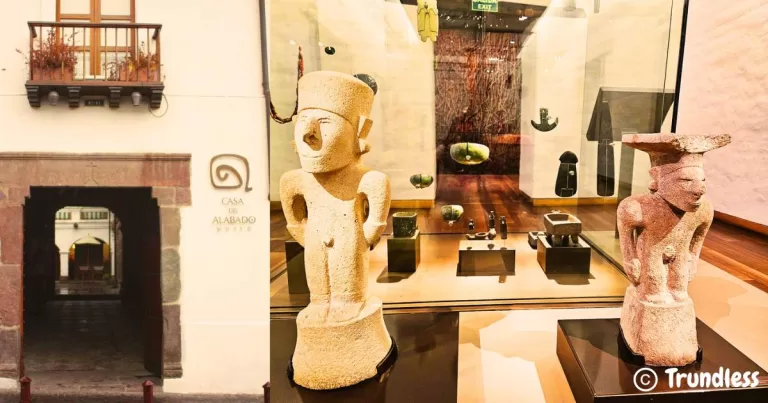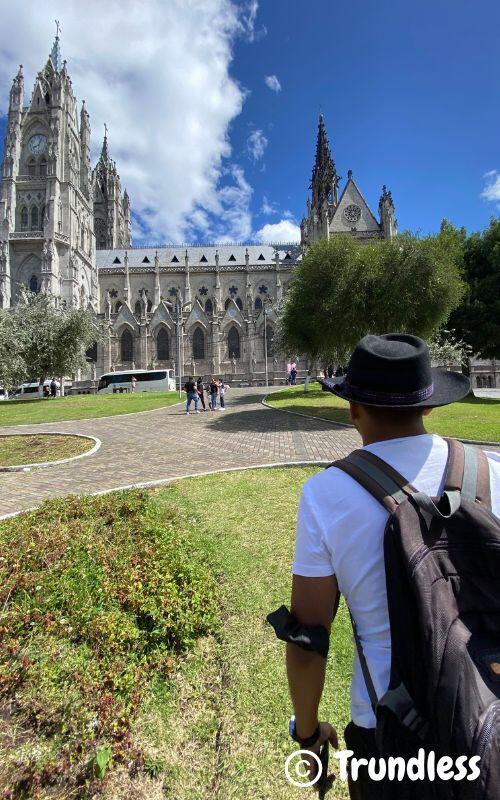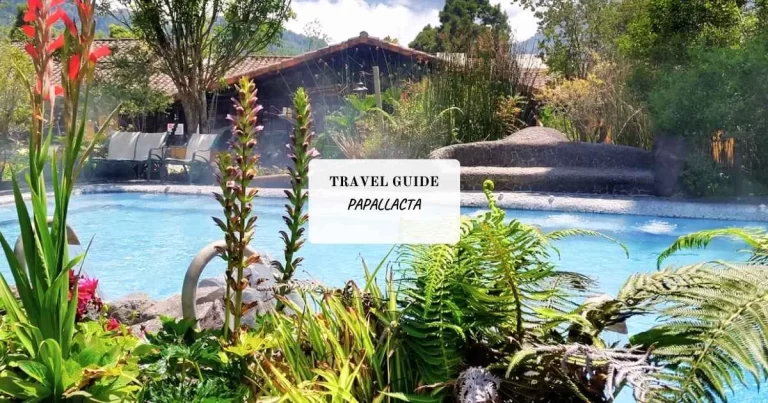Unveiling Ecuador and the Galápagos Islands: Nature’s Ultimate Wonders
Ecuador is a captivating country in South America that sits right on the equator. It is famous for its incredible biodiversity. With Colombia and Peru as its neighbors and the Pacific Ocean on its western side, Ecuador has a wide range of landscapes, from the lush greenery of the Amazon rainforest to the towering peaks of the Andes mountains. This diversity creates a vibrant tapestry of life that attracts nature lovers from all over the world (source).
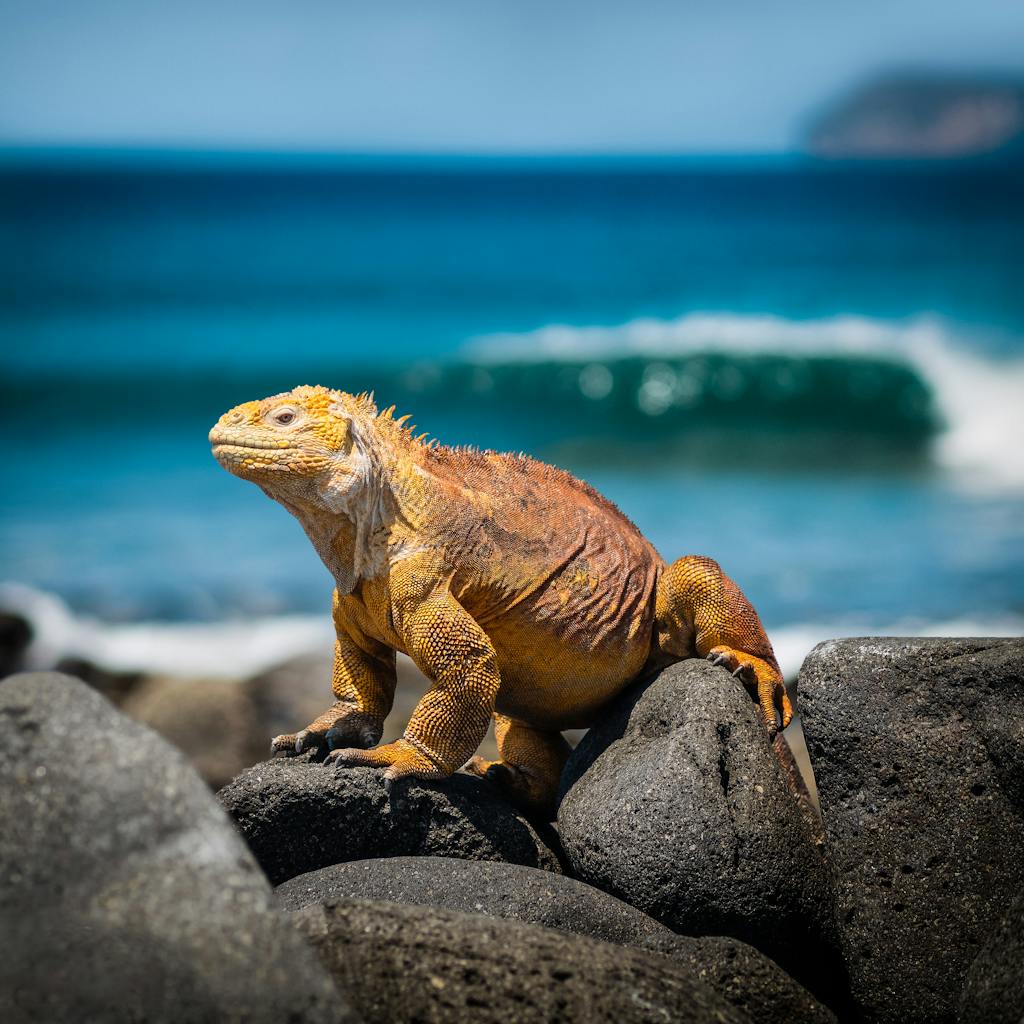
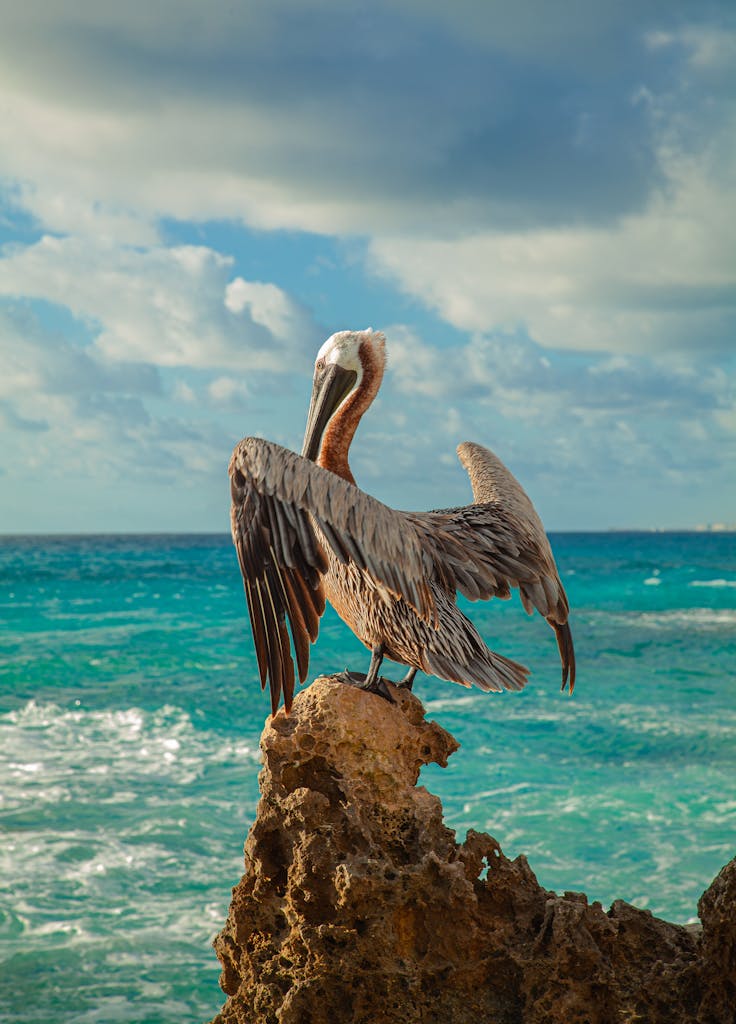
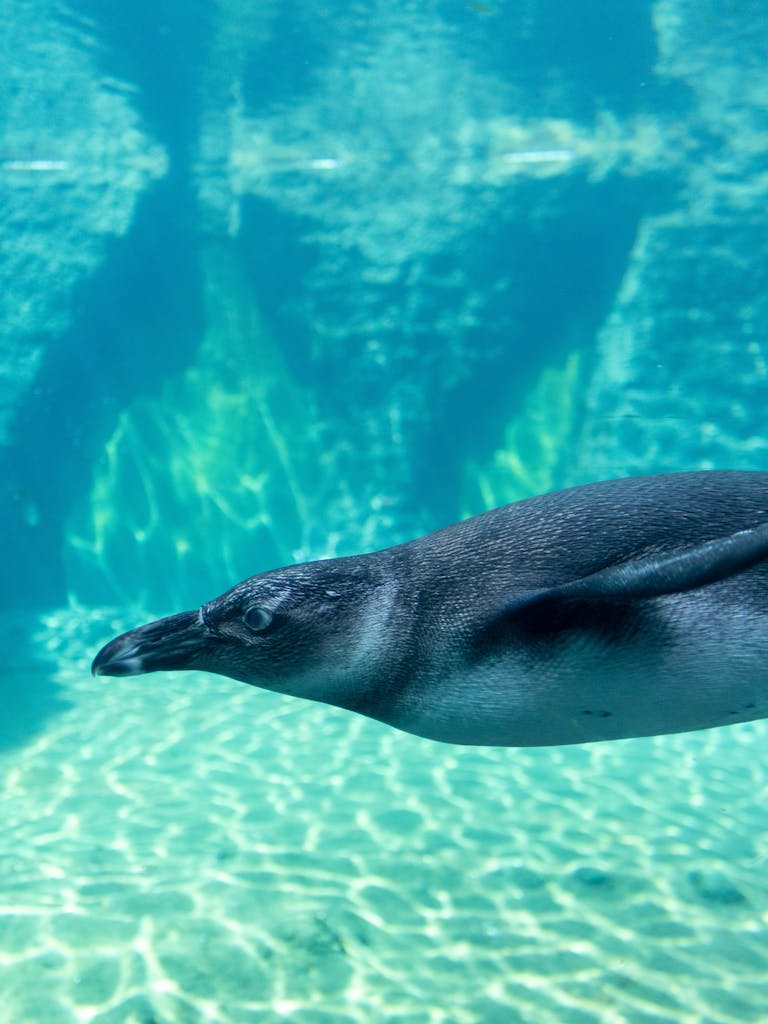
The Galápagos Islands, located about 1,000 kilometers west of mainland Ecuador, are a true ecological gem. These islands were formed by volcanic activity and their isolated location has led to the evolution of unique wildlife species (source). It was here that Charles Darwin developed his groundbreaking theory of evolution by natural selection (source). Exploring the Galápagos allows visitors to witness firsthand the incredible adaptations of creatures like giant tortoises and marine iguanas (source).
Tourism plays a crucial role in this area. It drives economic growth by providing income opportunities for local communities. However, it also poses significant environmental challenges. Finding a balance between tourism and conservation requires ongoing efforts to safeguard these fragile ecosystems while promoting sustainable visitation (source). Recognizing this dual responsibility is key to understanding how economic progress and environmental protection are interconnected in Ecuador and the Galápagos Islands (source).
Exploring Ecuador’s Geographical Wonders
Ecuador’s geographical wonders are a testament to its unique position along the equator. The country’s location in South America blesses it with a diverse tapestry of ecosystems, each contributing to its rich natural heritage.
Diverse Ecosystems Shaped by the Equator
Ecuador’s equatorial location creates a variety of climates and habitats. These range from tropical rainforests to temperate highlands, forming a mosaic of ecosystems that support an incredible array of biodiversity.
Journey Through Biogeographic Regions
1. Amazon Rainforest
Known locally as “El Oriente,” this region is part of the vast Amazon Basin. It teems with life, including jaguars, pink river dolphins, and countless bird species. The Napo River, one of the main tributaries of the Amazon River, flows through this lush rainforest, providing vital waterways for both wildlife and indigenous communities.
2. Andes Mountains
The Andes slice through Ecuador from north to south, creating dramatic landscapes and diverse habitats. Here you can find the majestic Cotopaxi and Chimborazo volcanoes. The paramo ecosystem, characterized by its high-altitude grasslands, supports unique flora and fauna adapted to cold climates.
3. Coastal Areas
Ecuador’s coastline stretches along the Pacific Ocean, featuring mangroves, beaches, and coastal forests. These areas are crucial for marine life, including humpback whales that migrate here annually. Coastal towns like Manta and Guayaquil thrive on fishing and tourism.
Coastal Contributions to Natural Heritage
The coastal regions play a vital role in Ecuador’s natural heritage. Mangrove forests not only provide habitat for various species but also serve as natural barriers against coastal erosion and storms. Marine reserves protect coral reefs and other underwater ecosystems, ensuring the sustainability of fisheries that local communities depend on.
Understanding these diverse landscapes offers insight into how Ecuador’s position along the equator shapes its ecological richness. This intricate blend of ecosystems makes Ecuador a living canvas of natural beauty and biodiversity.
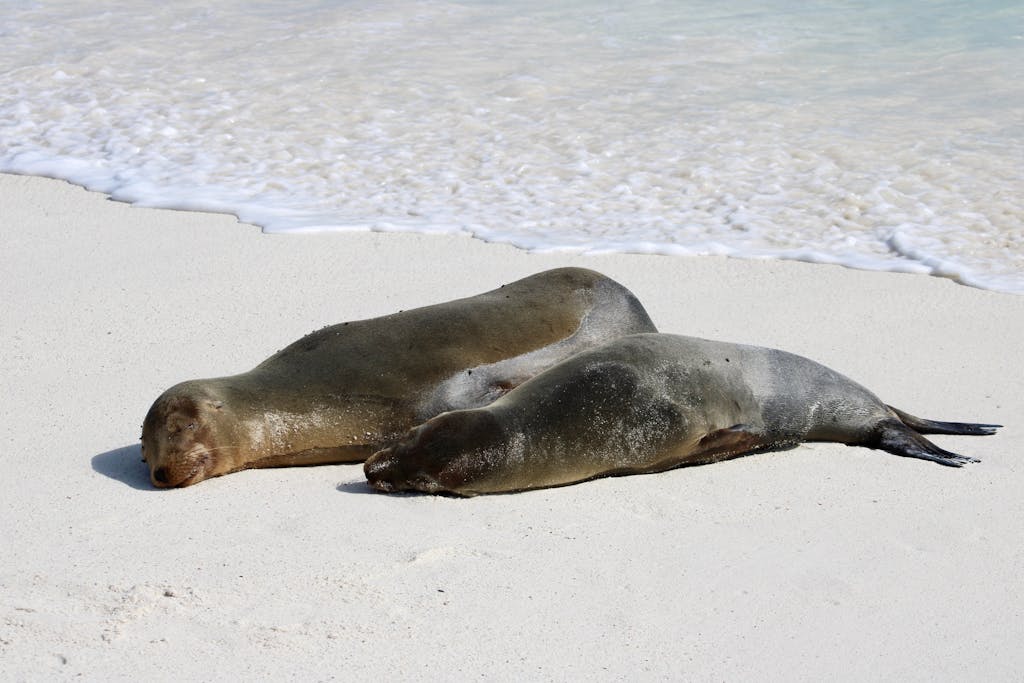
The Galápagos Islands: Where Evolution Comes to Life
The Galápagos archipelago, a cluster of volcanic islands located about 1,000 kilometers off the coast of Ecuador, shows us how nature is powerful and creative. These islands were created by underwater volcanoes millions of years ago and have since risen from the ocean, forming a one-of-a-kind landscape that has captivated scientists and travelers alike.
Darwin’s Visit and the Theory of Evolution
In 1835, Charles Darwin visited the Galápagos, an experience that greatly influenced his theory of evolution through natural selection. As he observed the unique characteristics of species on different islands, Darwin realized that these variations were adaptations to specific environments. The famous Darwin’s finches, with their different beak shapes suited for various diets, played a significant role in inspiring this groundbreaking idea.
Diverse Adaptations in the Galápagos
The incredible adaptations found in Galápagos species extend beyond just finches:
- Galápagos penguins have evolved to thrive in the warm waters of the archipelago, unlike their Antarctic counterparts.
- Marine iguanas have developed special abilities to search for algae underwater.
- Giant tortoises, after which the islands were named, can weigh over 400 kilograms and are symbolic of the region’s unique wildlife.
These examples highlight how isolation and different habitats contribute to the wide range of life forms in the Galápagos.
A History of Discovery
Before explorers like Darwin arrived, Spanish explorers discovered the Galápagos in 1535 and named them after the giant tortoises they encountered. These tortoises have become iconic symbols of conservation and represent the island’s distinctive wildlife.
Exploring the Islands
Each island in the Galápagos has its own ecological narrative, offering insights into the world of evolution:
- Fernandina Island’s barren lava fields showcase the raw power of volcanic activity.
- Santa Cruz’s lush highlands provide a contrasting environment with diverse vegetation.
Walking in Darwin’s footsteps allows us to witness evolution in action. The ongoing volcanic eruptions continue to shape the islands, creating an ever-changing setting for studying how life adapts.
A Window into the Past
Visiting the Galápagos feels like going back in time and directly observing nature’s experiments. The archipelago’s significant contributions to our understanding of evolution make it an unrivaled destination for exploring ecology and conducting scientific research.
Conservation in Action: Protecting the Galápagos’ Natural Heritage
Understanding the irreplaceable value of endemic species in the Galápagos is crucial for their conservation. These species, such as the giant tortoises and marine iguanas, exist nowhere else on Earth. Their unique adaptations and evolutionary paths offer invaluable insights into biological diversity. Efforts to safeguard these species include habitat restoration projects, captive breeding programs, and stringent regulations against poaching and illegal trade.
The establishment of key protected areas like the Galápagos National Park and Marine Reserve has been instrumental in preserving this natural heritage. The Galápagos National Park, covering approximately 97% of the islands, provides a sanctuary for flora and fauna. The Marine Reserve, extending over 133,000 square kilometers, protects vital marine ecosystems from overfishing and exploitation. Management strategies involve regular monitoring of wildlife populations, research initiatives, and enforcement of conservation laws.
Balancing ecological preservation with sustainable visitation is another critical aspect. Responsible tourism practices are essential to mitigate environmental impact while supporting economic growth. Measures include:
- Visitor Quotas: Limiting the number of tourists to reduce pressure on ecosystems.
- Guided Tours: Ensuring that all visitors are accompanied by certified guides who educate them about conservation.
- Eco-Friendly Infrastructure: Promoting accommodations and facilities that adhere to sustainable practices.
By adhering to these principles, we can maintain the delicate balance between human activity and nature preservation in this UNESCO World Heritage site.
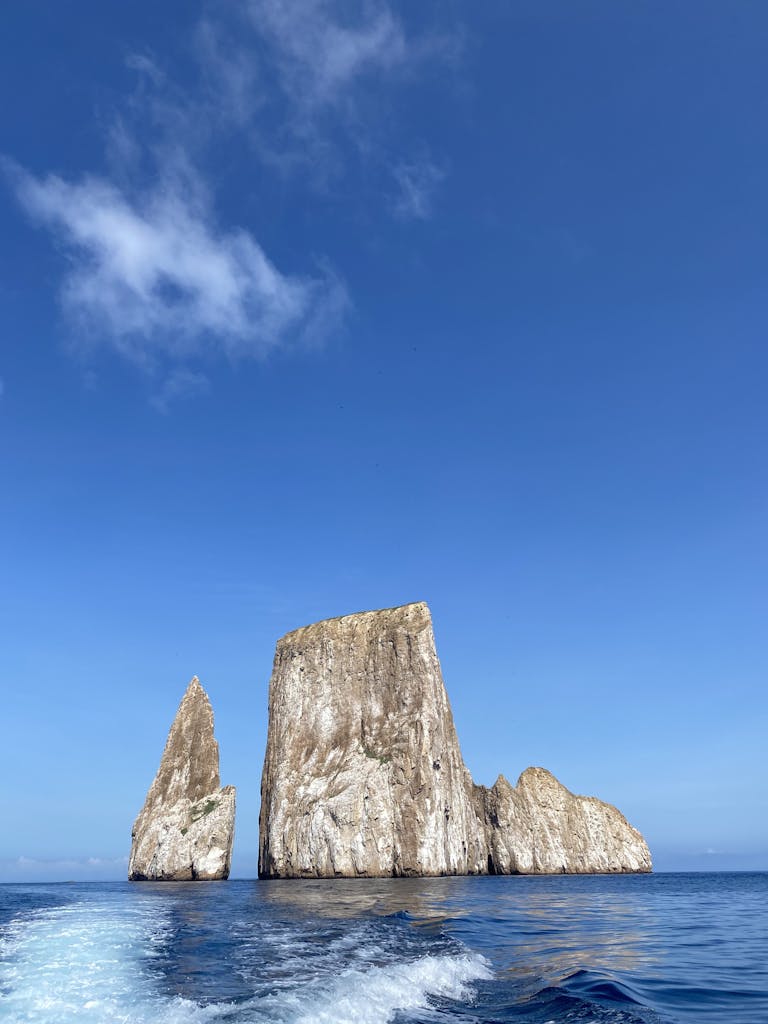
Sustaining Paradise: Addressing Environmental Challenges in the Galápagos
Invasive Species
Invasive species pose a significant threat to the delicate ecosystems of the Galápagos Islands. These non-native organisms often outcompete endemic species for resources, leading to ecological degradation. Examples include the introduction of rats, which prey on bird eggs and young tortoises, and invasive plants that alter soil composition and native plant communities.
Efforts to mitigate these impacts involve:
- Eradication programs: Successful projects have removed invasive species like goats from several islands.
- Biosecurity measures: Strict protocols at entry points to prevent new introductions.
- Public awareness campaigns: Educating both locals and tourists about the importance of protecting native biodiversity.
Tourism Impact
Tourism is both a boon and a bane for the Galápagos Islands. While it brings essential economic benefits, it also exerts pressure on natural resources and habitats. The islands’ carrying capacity must be carefully managed to ensure ecosystem resilience.
Key strategies include:
- Regulated visitor numbers: Limiting daily visitors to reduce human footprint.
- Sustainable infrastructure: Eco-friendly accommodations and transport options.
- Guided tours: Ensuring that all tourism activities are led by certified guides trained in conservation principles.
Community-Based Initiatives
Empowering local residents in conservation decision-making fosters a sense of ownership and responsibility towards environmental stewardship. Community-based initiatives are instrumental in achieving sustainable development goals.
Notable programs are:
- Fisheries management: Local fishers participate in monitoring marine reserves, ensuring sustainable catches.
- Agricultural practices: Promoting organic farming techniques that minimize environmental impact.
- Cultural heritage projects: Integrating traditional knowledge with modern conservation practices to protect both natural and cultural landscapes.
These combined efforts aim not only to sustain but also to enhance the unique ecological integrity of the Galápagos Islands, ensuring that this paradise remains vibrant for future generations.
Journey Towards a Balanced Future
Embracing a model of eco-tourism nurtures both environmental awareness and socio-economic well-being in local communities. By prioritizing sustainable practices, visitors can actively contribute to conservation efforts while enjoying the natural beauty of the Galápagos Islands.
How You Can Help
Here are some ways you can contribute to the preservation of the Galápagos Islands:
- Educate yourself about local conservation efforts.
- Advocate for sustainable practices, such as waste reduction and supporting eco-friendly accommodations.
- Participate in guided tours that emphasize minimal environmental impact.
Looking ahead, achieving long-term ecological harmony for Ecuador and the Galápagos Islands requires continuous commitment to conservation. Collaborative efforts between government agencies, non-profits, and local communities play a crucial role in maintaining the delicate balance of these unique ecosystems.
By integrating eco-tourism with robust conservation strategies, Ecuador and the Galápagos Islands can serve as a model for other regions. The pathway to sustainability hinges on our collective responsibility to protect these irreplaceable natural treasures.

